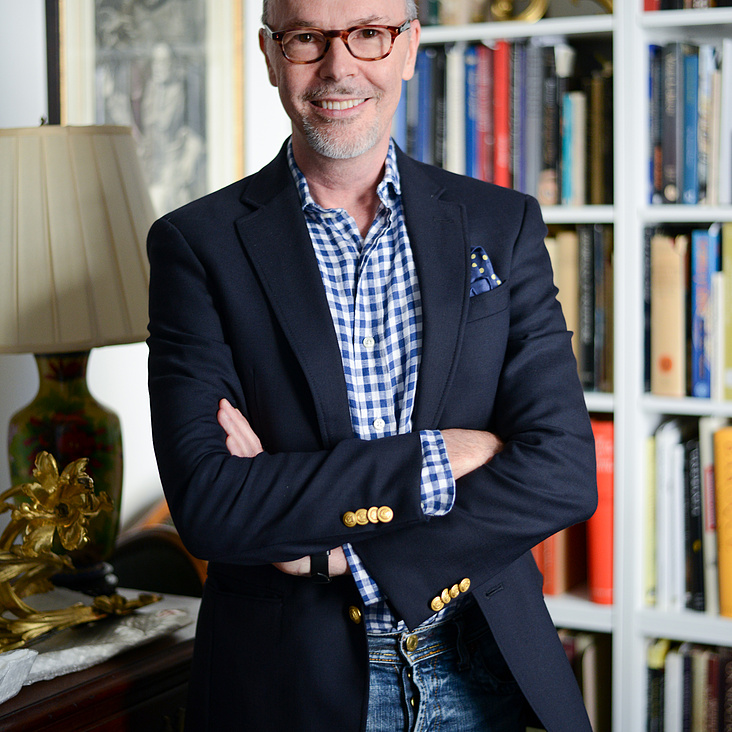Since at least the 1970s, historians of Europe have defined the centuries from ca. 1400 to 1800 as an “early modern” period marked by a transition from feudalism to capitalism, the fracturing of Christendom, the rise of centralized nation states, a revolution in communications, a vast expansion of overseas trade and colonization, and an explosion of new political, scientific, and cultural ideas that impacted all aspects of life. Students wishing to study the decorative arts, design, and material culture of early modern Europe and its expanding global connections will find a wide roster of thematically and methodologically diverse courses drawing on insights and perspectives from the fields of art and design history, historical archaeology, intellectual history and historiography, anthropology, philosophy, and aesthetics. Seminars address aspects of craft production across media, including metalwork, stone carving, textiles and fashion, woodworking, ceramics, painting and print, within their social, cultural, religious, and ideological contexts. We are especially attentive to material knowledge and workshop practice, embracing reconstruction as research method.
Themes of particular interest include travel; cross-cultural exchange between Europe, Asia, and the Ottoman world; renaissance and revival; the domestic arts; religion and the arts; gender; semiotics of style and ornament; history of the book; food history; history of collecting; the relation of art and science; and the reciprocal impacts of Europe’s overseas trade, missionary activities, and colonization. Courses are often team-taught and have been tied to exhibition projects in which students were actively involved, including English Embroidery from The Metropolitan Museum of Art, 1580–1700: “Twixt Art and Nature”; Dutch New York Between East and West: The World of Margrieta van Varick; and Staging the Table in Europe, 1500-1800. We continue our inquiry through public-facing lectures and symposia, such as Liquid Culture: Coffee, Tea and Chocolate in Early Modern Europe; Fragile Diplomacy: The Diplomatic Gift in the Courts of Early Modern Europe; Towards a Material Culture of Protestantism; The Material Text in Pre-Modern and Early Modern Europe,
Themes of particular interest include travel; cross-cultural exchange between Europe, Asia, and the Ottoman world; renaissance and revival; the domestic arts; religion and the arts; gender; semiotics of style and ornament; history of the book; food history; history of collecting; the relation of art and science; and the reciprocal impacts of Europe’s overseas trade, missionary activities, and colonization. Courses are often team-taught and have been tied to exhibition projects in which students were actively involved, including English Embroidery from The Metropolitan Museum of Art, 1580–1700: “Twixt Art and Nature”; Dutch New York Between East and West: The World of Margrieta van Varick; and Staging the Table in Europe, 1500-1800. We continue our inquiry through public-facing lectures and symposia, such as Liquid Culture: Coffee, Tea and Chocolate in Early Modern Europe; Fragile Diplomacy: The Diplomatic Gift in the Courts of Early Modern Europe; Towards a Material Culture of Protestantism; The Material Text in Pre-Modern and Early Modern Europe,








